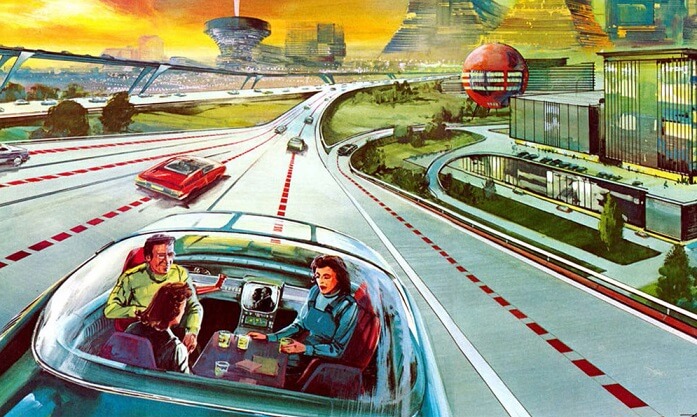
Image: Paul Krueger / City of Vancouver, Transportation Planning
We often talk about or hear about amazing new innovations or breakthroughs, but many of us never get to see them as they are too far away, with long development and approval times. One particular example is cancer drugs and treatments, that can often be 20 years from when we hear about them before we see them being used.
Usually it’s the next generation will benefit from these and thankfully so.
Occasionally things are developed and are with us much quicker than any of us can imagine. The word is that self-driving or autonomous vehicles are no longer just for the future that someone else has to deal with. They are imminent and for us to deal with. The development is that rapid.
To illustrate the speed of growth, take Tesla Motors. This Electric vehicle manufacturer started out with nothing in 2003. Today it is Americas largest car brand, overtaking Ford who worked at leadership for 114 years compared to Tesla’s mere 14 years. Tesla have done everything in comparatively quick succession, that would normally see gaps of a few years in between. They made the first commercial electric vehicle. They made the World’s fastest electric vehicle. They produced the world’s first commercial venture into Autonomous driving, with their Autopilot. And now, recent Tesla announcements include plans for the self-driving car sharing concept, where not everyone who rides an AV will own it, of which the logic and figures make it difficult to question (more on that soon ). They are also working on smaller cars, Trucks, Minibuses and a huge active Solar energy operation.
This pattern is now becoming true in general within the EV/AV (Electric Vehicle/Autonomous vehicle) industry. One announcement seems to cascade after another with little time to take it all in.
Although we can see that Autonomous vehicles are coming to us gradually, the target rollout year for mainstream take-up, that is in many people minds, is a frighteningly close 2020. Companies such as Alphabet and Ford have always aimed at the start of the next decade for the introduction of self-driving fleets, offering ride hailing services. This target is reinforced by the Japanese governments desire to have driverless vehicles, transporting athletes and officials around the Olympic Village for the 2020 Tokyo Games.

Given the above, if and when I have grandchildren, I am convinced that when they come of « driving age », they will not need a driving licence, least of all own a car. Pundits claim that this picture of the future will lead to a 1 trillion dollar boost in disposable income for us, largely due to the corresponding resulting loss of revenue to the oil industry, new car sales, plus zero or reduced car repairs, zero or reduced insurance premiums, and other reductions in overall car related expenditure.
All in all, in the history of the World, this will surely all be looked back on and seen as an overnight sensation.
<<< Back to the Driverless Blog
